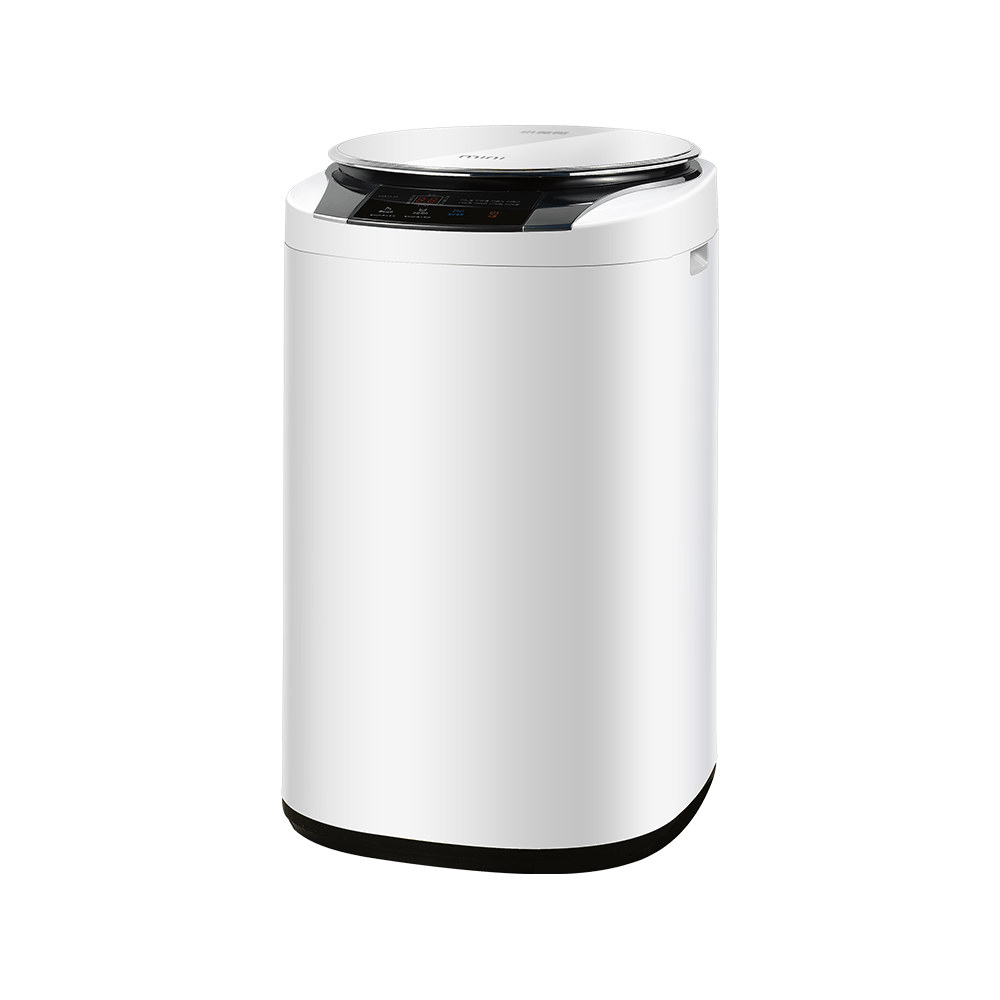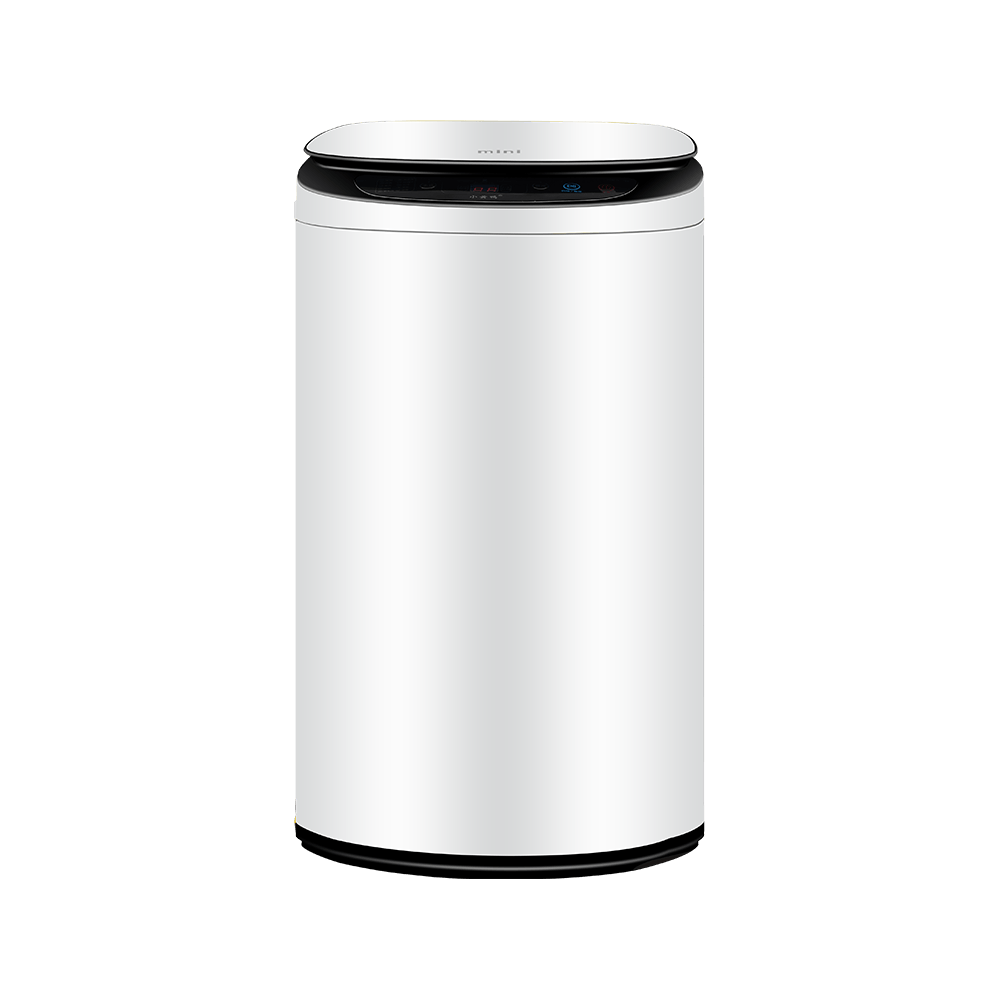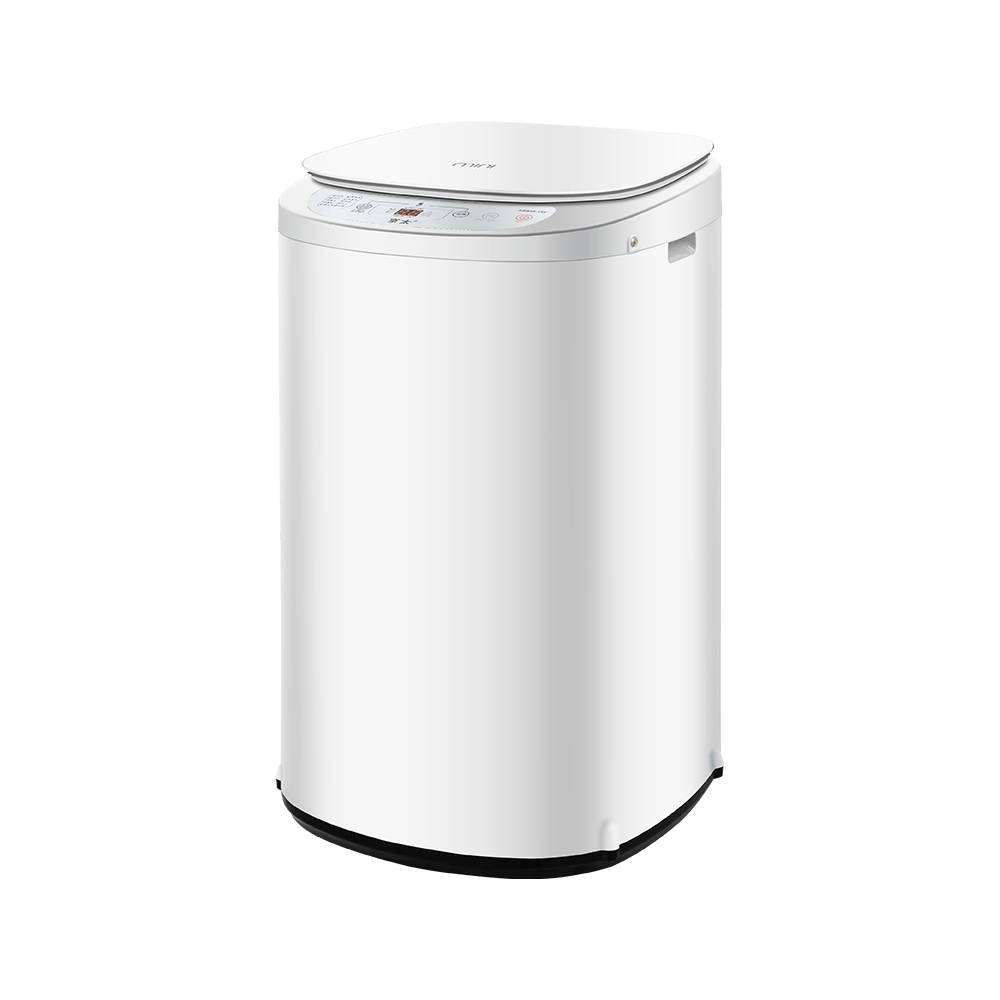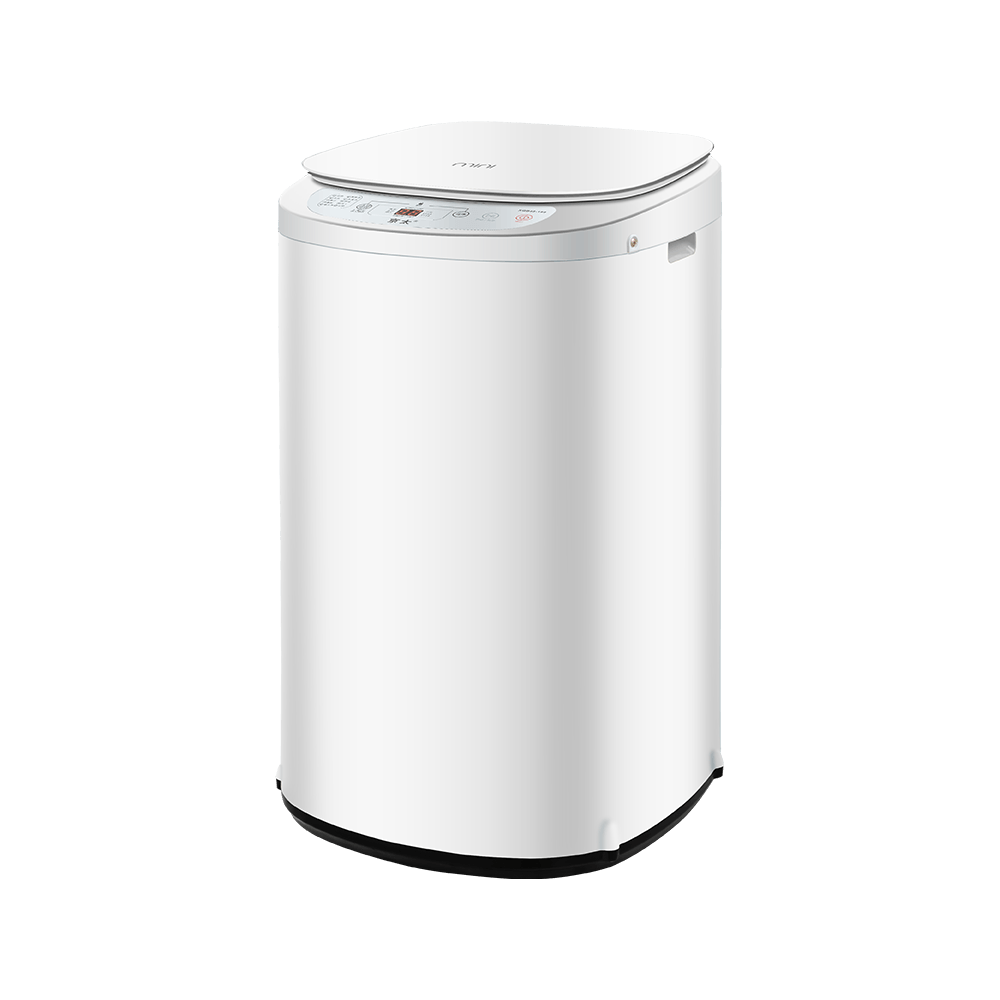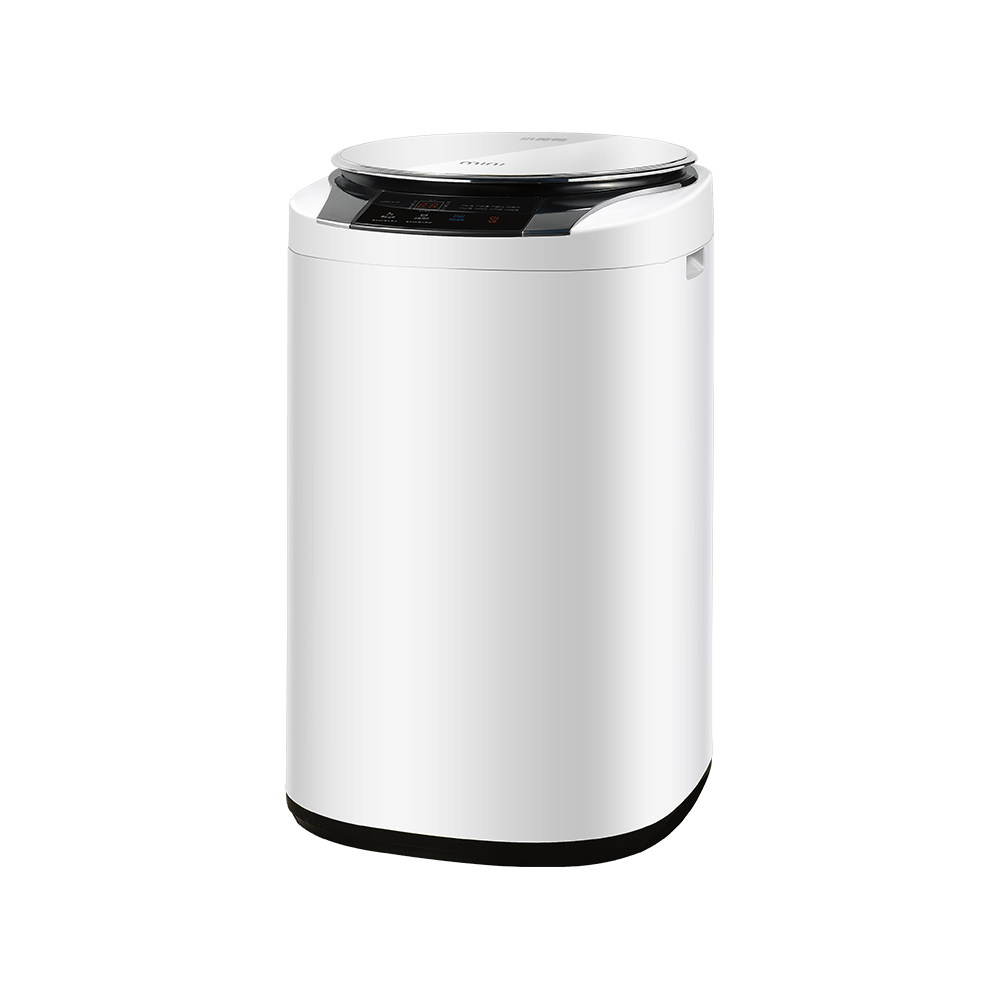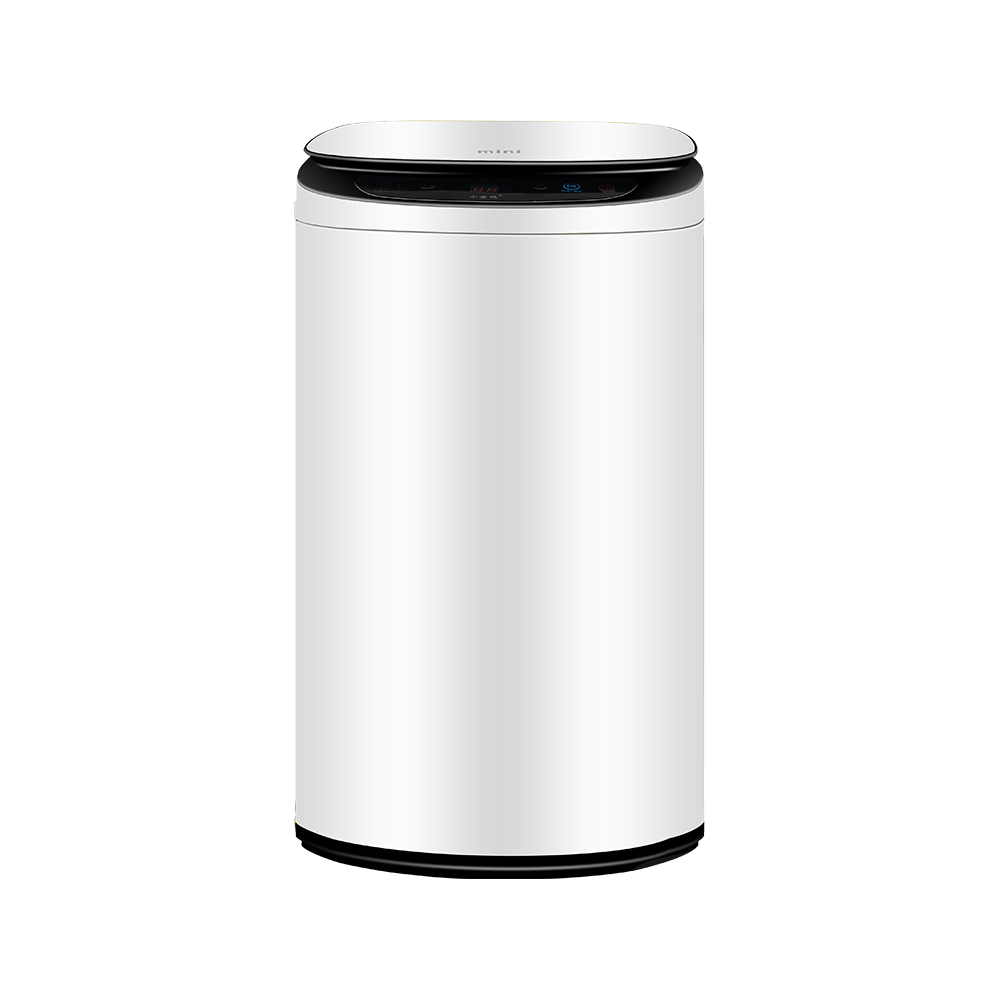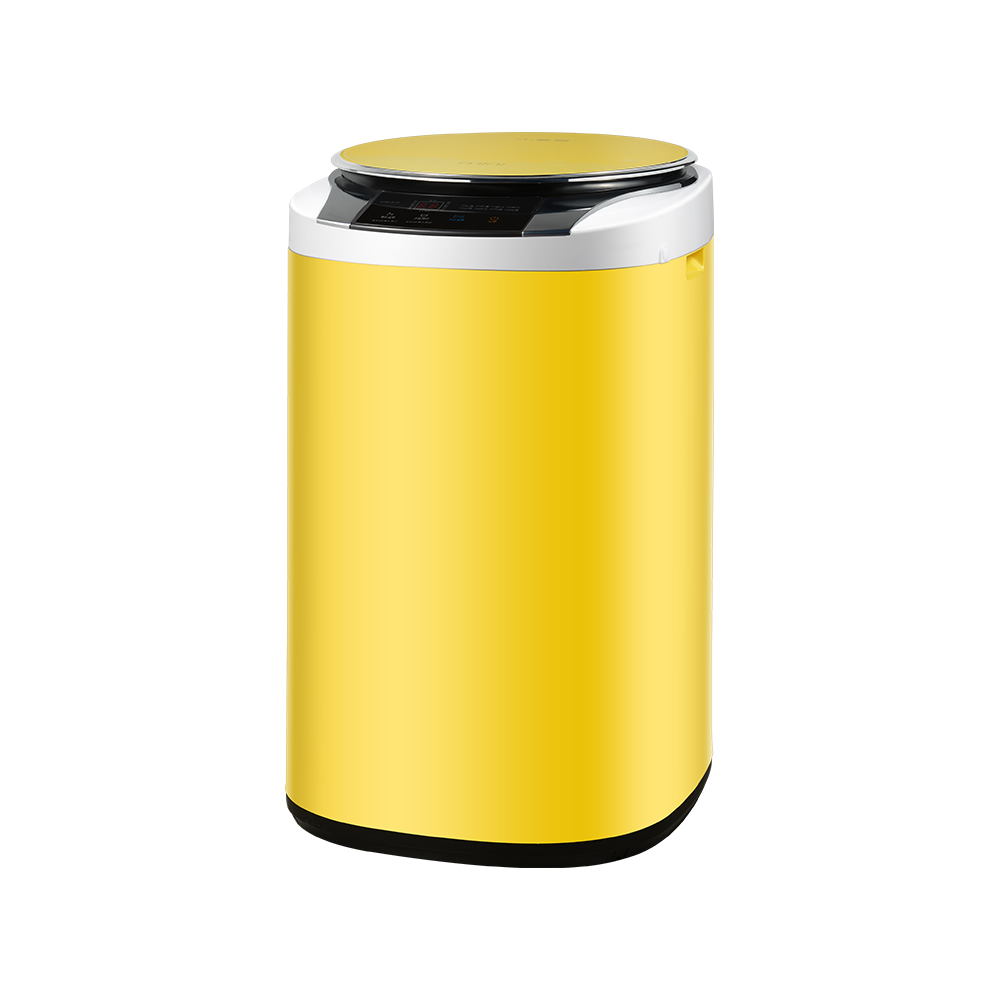In the process of using small household appliances, safety is always the focus of consumers, especially for washing machines that combine water and electricity. In this context, the safe low-voltage design of the automatic blue light pollution-free mini washing machine has become an important part of product development. It is not only related to the operational safety during use, but also affects the stability and adaptability of the whole machine in various usage scenarios.
Most traditional washing machines use conventional voltage power supply systems in their designs. Although they meet basic functional requirements, in mini devices with small size and strong mobility, if they are not specially optimized for safety, there may be a potential risk of electric shock in a humid environment. The application of low-voltage systems, while improving the overall operating safety factor of washing machines, also helps to reduce faults or safety hazards caused by voltage instability, leakage, line aging and other problems.
The safe low-voltage system usually uses a voltage level lower than the human body sensing threshold, reduces the input power to a safe value through a transformer control module, and cooperates with the internal isolation structure and anti-water seepage design to prevent electrical components from being directly exposed to the user's contact range. This design ensures that even if the user's hands are wet during operation, there will be no safety risks due to accidental touch. In addition, the impact of low-voltage motors on power supply lines during startup and operation is relatively small, and they are more suitable for environments with sensitive power loads such as dormitories, apartments, and small offices.
In order to further enhance the user experience, some products also combine intelligent power-off functions. When the internal water level, voltage, temperature and other parameters are abnormal, the system will automatically cut off the power supply to prevent problems such as high-temperature heating and motor blocking. This active intervention-type electronic control management enables the device to automatically enter the protection mode before potential faults occur, thereby extending the service life of the device and reducing the frequency of repairs and maintenance costs.
The users of mini washing machines usually include single groups, student users, mother-and-child families, etc., and have relatively higher requirements for the convenience and safety of equipment operation. Products with safe low-voltage design can effectively avoid accidents caused by misoperation of electrical appliances, especially in spaces that children can touch, which is closer to actual needs. For example, some families will place mini washing machines in the corners of the bathroom or balcony areas. These places have high humidity and small space. If the equipment cannot effectively isolate water and electricity during operation, it is very easy to cause circuit short circuits or safety accidents. The low-voltage system can reduce this risk structurally.
Low-voltage design does not mean that the equipment compromises in terms of function. Modern household mini washing machines can still achieve multiple washing modes, timing control and silent operation while maintaining low power consumption and safe voltage. Some models use electronic chips to intelligently adjust the washing rhythm and water level, thereby providing a stable and sustainable washing experience on the basis of ensuring safety.
The fully automatic blue light pollution-free mini washing machine emphasizes health, environmental protection and convenience in product positioning. Its safe and low-voltage design not only reflects the concern for user safety, but also fundamentally responds to the safety development trend of contemporary small household appliances. In a consumer environment that pursues both practicality and peace of mind, this design concept is undoubtedly more attractive. As household appliances continue to evolve towards intelligence and humanization, the widespread application of safe low-voltage technology will become an important guarantee for the quality of household appliances and user trust.


 English
English عربى
عربى